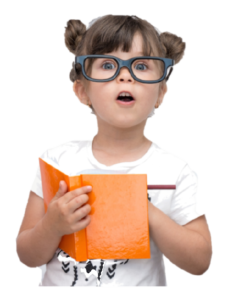Quality Rating 3: Planning
Instructions
To meet the requirements for Developmentally Appropriate Learning and Practice: Planning: DAP 4.3 – School-Age Only, your statement should clearly describe the lesson planning process you follow to ensure that your activities are:
- Age-appropriate
- Based on essential learning domains
- Age 3 – 5: Social Foundations, Language and Literacy, Mathematics, Science, Social Studies, Physical Well-being and Motor Development and Fine Arts
- School-Age: Literacy, Language, Science, Art, Health and Wellness, Physical Fitness, and Numeracy
- Reflective of knowledge of the children’s interests and skills gained from observation
- Address the developmental needs of each and every child
- Include information from a child’s IEP, if provided by the family
The Policy or Statement Builder provides a step-by-step guide for creating your statement.
Lesson Planning Process
Creating environments where all children are respected and thrive requires careful planning and organization, especially since no two children are exactly alike. Your lesson plans and the process you follow to create them demonstrate the time, attention, and care you devote to creating meaningful experiences across multiple domains and respect for the diversity among the children in your program.
What does the documentation look like?
Your statement clearly describes a lesson planning process that includes activities:
- Matched to the children’s ages and individual developmental levels and needs
- Across multiple domains
- Reflecting the children’s interests and skills based on information gained from observations
- Addressing a child’s IEP, if provided
Activities Informed by a Child’s IEP
Individualized Education Programs (IEPs) provide guidance on ways to meet the needs of individual children with special needs. Remember you are a critical member of the team who helps put these plans into action. Your lesson planning process is evidence of the steps you take to support individual children and to include a child’s learning goals in your daily activities.
What does the documentation look like?
Your lesson plans and process clearly show ways information from a child’s IEP are part of typical routines and activities. Some examples include:
- Use of specialized equipment (examples: chubby crayons, pencil grips, magnifying lenses, hearing devices)
- Opportunities for a child to practice targeted skills (examples: speech sounds, fine motor skills, independent / self-help skills)
- Opportunities for peer-to-peer interaction (examples: reading a large print book together, free choice activities, outdoor play)
Policy or Statement Builder
Develop a Lesson Planning Statement that describes your program’s process in developing purposeful activities and meaningful experiences for children. Once you have spent time reflecting on the questions below, you’re ready to build your Lesson Planning Process Statement.
Reflection Questions
- What is the process used for developing your lesson plans?
- How do you ensure that the lesson plans reflect the children’s interests and skills?
- How do you make sure your lesson plan addresses the developmental needs of each child?
- If an IEP is provided, how is that information incorporated into lesson plans?
- How do you include literacy, language, science, art, health and wellness, physical fitness, and numeracy activities? Provide examples. (Levels 4 & 5)
- How do you address the activities described above on a daily basis? (Level 5)
Did you know that if you include the Level 4 & 5 Questions in your Statement that you may be approved for Level 5 in DAP 4?
Statement Builder Resources
Use these optional resources to reflect on your program’s practices and create your Lesson Planning Process Statement.
Technology Tips
Choose the way that the provided resources will be most useful to you.
You can:
![]() Download the PDF.
Download the PDF.
![]() Save the PDF.
Save the PDF.
![]() Print the PDF.
Print the PDF.
![]() Edit the PDF.
Edit the PDF.


